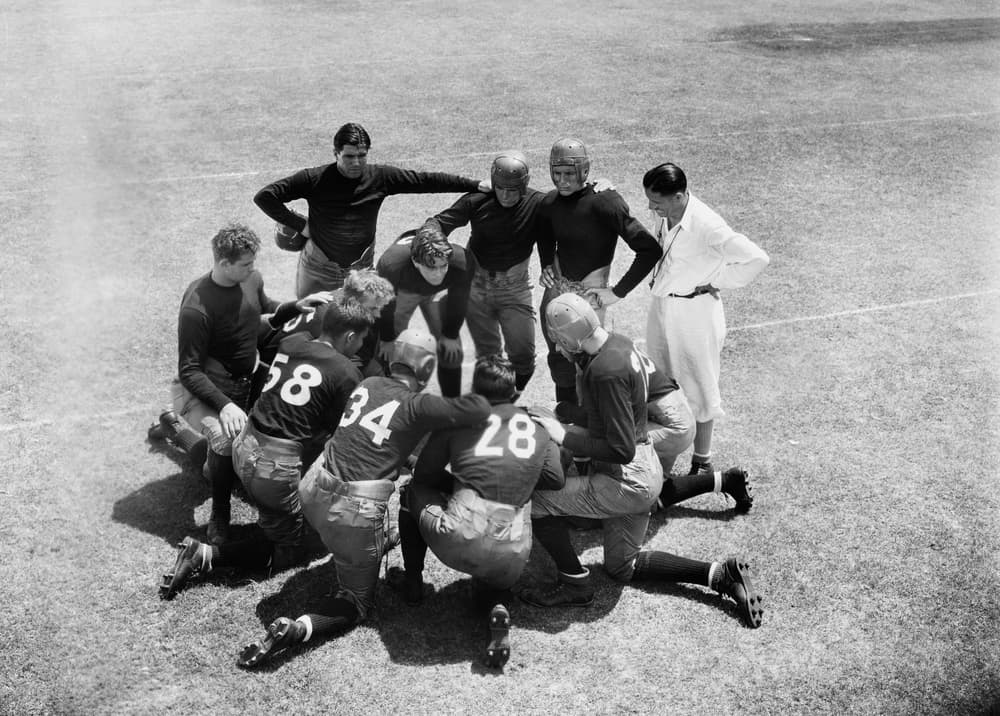Workers’ compensation defense attorneys may lay awake at night wondering what their claims handler really wants. Besides getting their files closed in a timely manner, they want to work with defense attorneys committed to a zealous defense of the file in an ethical and cost-effective manner. Here are some tips that can help defense attorneys sleep better at night, knowing they are giving their claims handler what they want.
Calculate the Average Weekly Wage (AWW)
The AWW is the basis for most indemnity benefits in a workers’ compensation claim. Failing to calculate it correctly can increase the cost and exposure of the claim. A seasoned defense attorney needs to communicate with the employer and receive additional explanations from the employee on a number of issues. The list can be endless, but some special considerations include:
- Whether the employee was a full or part-time worker;
- Whether the employee was working any additional jobs outside the employer involved in the claim;
Click Link to Access Free PDF Download
- Investigation into the nature of any fringe benefits the employee was receiving. This includes tips, bonuses, insurance benefits and other forms on potential income; and
- Special circumstances concerning the employee’s employment. This is especially the case when the injured worker in a seasonal employee, construction worker or part of a union collective bargaining agreement.
Calculate and Evaluate the Indemnity Exposure
Once the AWW is correctly calculated, the defense attorney can provide an accurate analysis of wage loss exposure to the claims management team. This includes information on the following benefits:
- Temporary Total Disability (TTD)—Benefits paid when the employee is temporarily off work due to injury or disability;
- Temporary Partial Disability (TPD)—Benefits paid when the employee returns to work, but at reduced hours or rate of pay;
- Permanent Partial Disability (PPD)—Typically a hybrid benefit based on the AWW and the number of weeks disability assigned by statute or rule to an injury; and
- Permanent Total Disability (PTD)—Benefits paid when the employee is permanently precluded from returning to gainful employment based on their age, training and experience, and the type of work available in the geographical area. Various presumptions may apply concerning an employee’s receipt of Social Security Disability benefits.
FREE DOWNLOAD: “Step-By-Step Process To Master Workers’ Comp In 90 Days”
Aggressive Defense Strategy That is Cost-Effective
Members of the claims management team also appreciate an aggressive defense strategy that moves a case toward settlement efficiently and cost-effectively. Considerations for such planning include:
- An immediate status report upon receiving the claims file, with periodic reports that are robust and evaluate the strengths and weakness of various defenses, a reasonable strategy, and probable outcome;
- Identifying missing information that needs to be discovered to provide an accurate analysis and defense. This includes a plan on how to uncover this information and who might be a witness at the hearing; and
- Recommendations on how to move a case toward settlement. This includes information concerning the timing of an independent medical examination or independent vocational evaluation.
Medicare Secondary Payer Compliance
Medicare Secondary Payer compliance is an important part of any workers’ compensation claim analysis. This includes recommendations on the following topics:
- Whether a service provider should be utilized to prepare a Medicare Set-aside allocation;
- If the Medicare Set-aside should be included for review and approval under the voluntary CMS process and
- Matters concerning conditional payment identification and repayment.
Conclusions
The wants of a workers’ compensation claims handler are quite simple. They expect professionalism and responsive defense counsel to assist them on all claims. While the defense attorney might not have all the answers, they need to assist the claims handler in discovering the information and reporting on it timely. This also includes a reasonable analysis, while being a zealous advocate.

Contact: mstack@reduceyourworkerscomp.com.
Workers’ Comp Roundup Blog: http://blog.reduceyourworkerscomp.com/
Injury Management Results (IMR) Software: https://imrsoftware.com/
©2024 Amaxx LLC. All rights reserved under International Copyright Law.
Do not use this information without independent verification. All state laws vary. You should consult with your insurance broker, attorney, or qualified professional.
FREE DOWNLOAD: “Step-By-Step Process To Master Workers’ Comp In 90 Days”

















